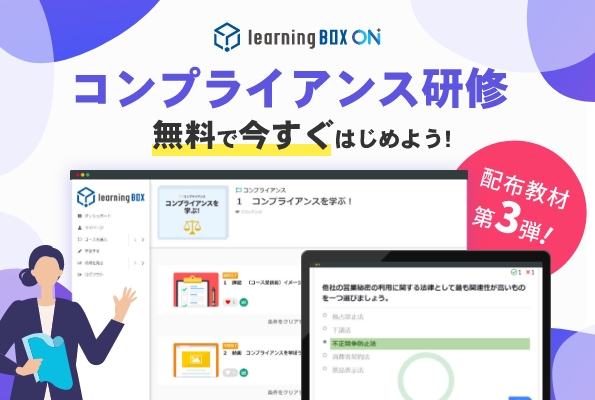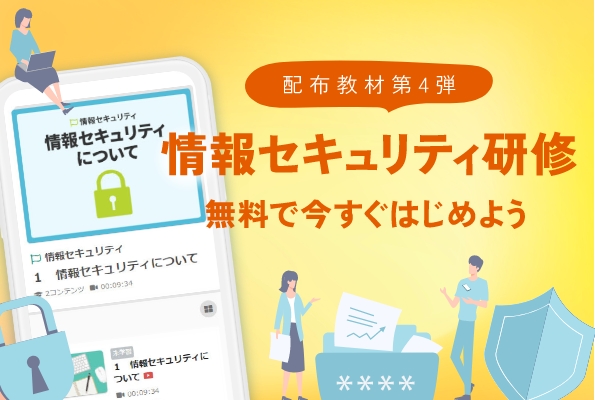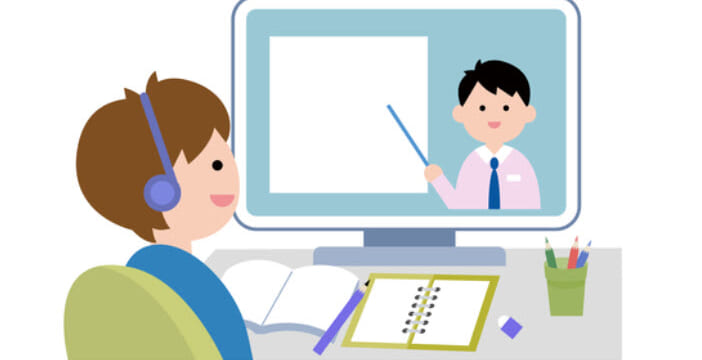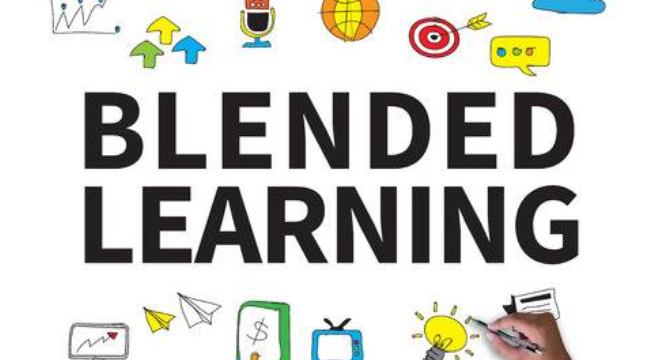The History of E-Learning
The History of E-Learning
Hello, this is Sakamoto, the CS manager.![]()
Do you use the Internet to learn and study, such as online learning?
Nowadays, with the spread of computers and smartphones, learning via the Internet has become commonplace, but how did it all begin?
This time."The history of e-learning.I'd like to talk to you about this.
Content
- 1. The beginning of e-learning
- 2. Development of e-learning
- 3.To learning using the Internet
- 4. The emergence of smart devices
The beginning of e-learning
Computer-based learning, the origin of e-learning, was introduced in the 1950s byThe idea of "Can't we use computers to support education", called CAIThe development of this technology began mainly in the United States from
In conventional group training, the instructor and the participant have to stay in the same place for a long time, and all the checking of the participant's progress has to be done by a person.In addition, video teaching materials appeared, but they were one-way information presentation and could not be called efficient. Video materials also appeared, but they presented information in a one-sided manner and were not highly effective for learning.
So.Computer-based learning with the advantages of no learning location, reduced costs, and learner managementwas the focus of attention.
However, the actual construction of the ideal system was difficult, and the improvement of the quality of education by CAI did not proceed as expected.
Development of e-learning
In the 1990s, with the development and spread of personal computers, CAICBT (Computer Based Training)It changed to
What is CBT?Learning method using mainly CD-ROMs as teaching materialsTaking advantage of the large capacity of CD-ROMs, teaching materials that utilize video and audio have been created.And it was also around this time that the term "e-learning" was introduced.
Especially in 1995, the explosive popularity ofWindows95was released, and personal computers became widespread in ordinary households.Windows 95 came with a CD-ROM as standard equipment, and this helped to establish CBT-based education.
However, CBT has not been widely adopted because it is costly to create teaching materials, difficult to modify the content after distribution, and difficult for administrators to manage the learning progress of all participants.
To learning using the Internet
A major change in Japan occurred in 2000, when the then Mori CabinetThe "e-Japan Concept" aims to realize a Japanese-style IT societyThe following year, a full-scale project to promote the spread of e-learning was launched.
This also allows e-learning methods to beChange from CD-ROM-based learning to online learning using materials delivered over the InternetWe did.Putting the learning environment online makes it easy and affordable to manage learning materials and monitor learner progress
The online learning method is called WBT (Web-Based Training), and with the spread of the Internet, more and more companies began to introduce e-learning training, and it gradually became a part of our lives.
The advent of smart devices
Since the latter half of the 2000s, smartphones such as the iPhone and Android, as well as larger tablet devices, have appeared on the market, and e-learning has changed dramatically.
Thanks to the convenience of portable smart devices, it is now possible to study anytime and anywhere in your spare time, and studying on the move with a smartphone has become a common practice.Because of the advantage of being easy to carry around, the system is being introduced at workplaces where education and training could only be conducted through real group training, such as customer service, maintenance, and cooking.
Recently, social networking services (SNS) have also been introduced as a communication tool for students, because communication among students is expected to be highly effective in supporting each other and improving their motivation to learn.
Summary
In this article, we look back at the history of e-learning.
Starting with the use of computers in education, the spread of computers and the Internet, the emergence of smart devices, and the spread of social networking services have greatly expanded the role and effects of e-learning itself.
In the future, with the further evolution of technology (which has already begun to be used), cutting-edge technologies such as AI and VR will be incorporated into e-learning, and the nature of e-learning may change.
Thank you for reading to the end. I hope to see you next time.
Comment ( 0 )
Trackbacks are closed.








No comments yet.